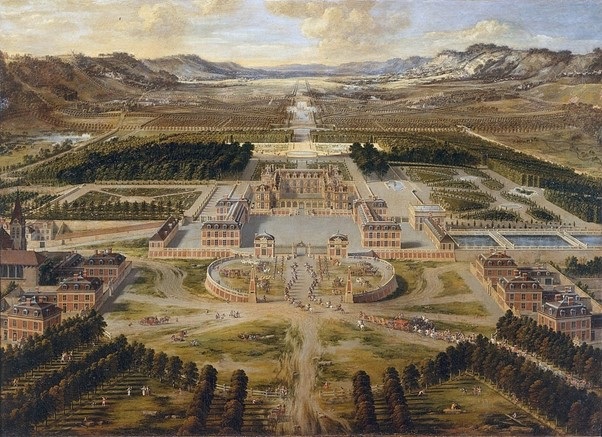Royal Power, Propaganda and Performance
Module Leader: Dr Lucy Dean
This is a comparative module that explores the early modern monarchies of Europe through the lens of propaganda and display. It offers students the opportunity to engage with a wide range of royal communication and display to explore the underpinning concepts of monarchical power during a period that embraces the Renaissance, the Reformation and confessional shift, the first global age, intermittent warfare, the emergence of absolutism, the development of conciliar rule and the growth of government institutions. By drawing on a growing body of research into representations of monarchical authority in early modern Europe, this module will also offer students a chance to critically engage with comparative historiographies and offers an innovative approach to researching early modern Europe. Through self-chosen project work, the students will also be able to take their own direction through assessments (with ongoing feedback) to support their development as advanced independent researchers.
Indicative Content
- Monarchy & Dynasty in Early Modern Europe: An Introduction
- Performing Power in an Early Modern Context
- Material Displays: Textiles, Objects, Monuments & Architecture
- Ephemeral Majesty: Ritual, Ceremony & Performative Display
- Discourses of Power: Literature, Print & the Spoken Word
Plus, five case study weeks, reflecting staff specialisms, which may include:
- Contesting Power in Performative Spaces in Early Modern Scotland
- Christian IV & the Navy as a Tool of Propaganda
- Overambitious Dukes of Burgundy
- Building the Baroque – the Austrian & Spanish Habsburgs
- Frederik III: Asserting ‘Divine Right’
- Material Legitimacy in Exile – the Jacobite Stuarts
Coursework
- Primary Source Analysis – 40% [from selection of provided sources]
- Research Project – 60% [self-directed project]

Pierre Patel, View of the Château de Versailles and the gardens from the Avenue de Paris, oil on canvas, c. 1688, MV 765, Museum of the History of France [https://commons.wikimedia.org/wiki/File:Chateau_de_Versailles_1668_Pierre_Patel.jpg]
Method of Delivery
This module will be taught by a combination of online discussions and live sessions. The primary means of engagement will be through the module Discussion Board. This will be enhanced through the running live VC sessions (particularly during the first few weeks of the module, while students get to grips with the source materials) and optional assignment sessions (1-2-1 or in groups) arranged with the cohort. All live group sessions will be recorded so students who are unable to attend these opportunities will be able to “catch up”. Case study weeks all have pre-recorded lectures to provide an introduction and context. Students should also engage with the Discussion Boards for each week throughout the module to enable online asynchronous discussion of weekly topics.
Recommended Reading
Fees and funding
See UHI website.